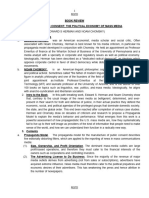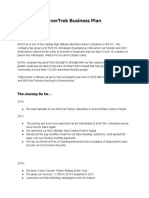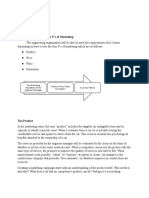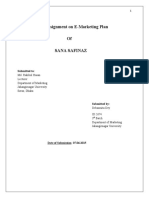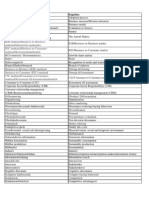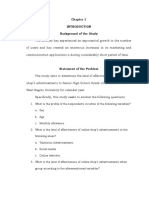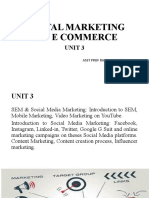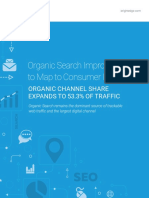0% found this document useful (0 votes)
63 views31 pagesClass 1 For Students
The document provides an overview of an introductory marketing class. It includes information about the instructor, class rules, course topics that will be covered such as the marketing mix and marketing strategy, and an assignment for students. The instructor will discuss concepts like the ten deadly marketing sins and changes in shopping behavior. The goal is to help students understand marketing as an exchange process and how to effectively implement marketing strategies.
Uploaded by
Digvijay SinghCopyright
© © All Rights Reserved
We take content rights seriously. If you suspect this is your content, claim it here.
Available Formats
Download as PDF, TXT or read online on Scribd
0% found this document useful (0 votes)
63 views31 pagesClass 1 For Students
The document provides an overview of an introductory marketing class. It includes information about the instructor, class rules, course topics that will be covered such as the marketing mix and marketing strategy, and an assignment for students. The instructor will discuss concepts like the ten deadly marketing sins and changes in shopping behavior. The goal is to help students understand marketing as an exchange process and how to effectively implement marketing strategies.
Uploaded by
Digvijay SinghCopyright
© © All Rights Reserved
We take content rights seriously. If you suspect this is your content, claim it here.
Available Formats
Download as PDF, TXT or read online on Scribd
/ 31




